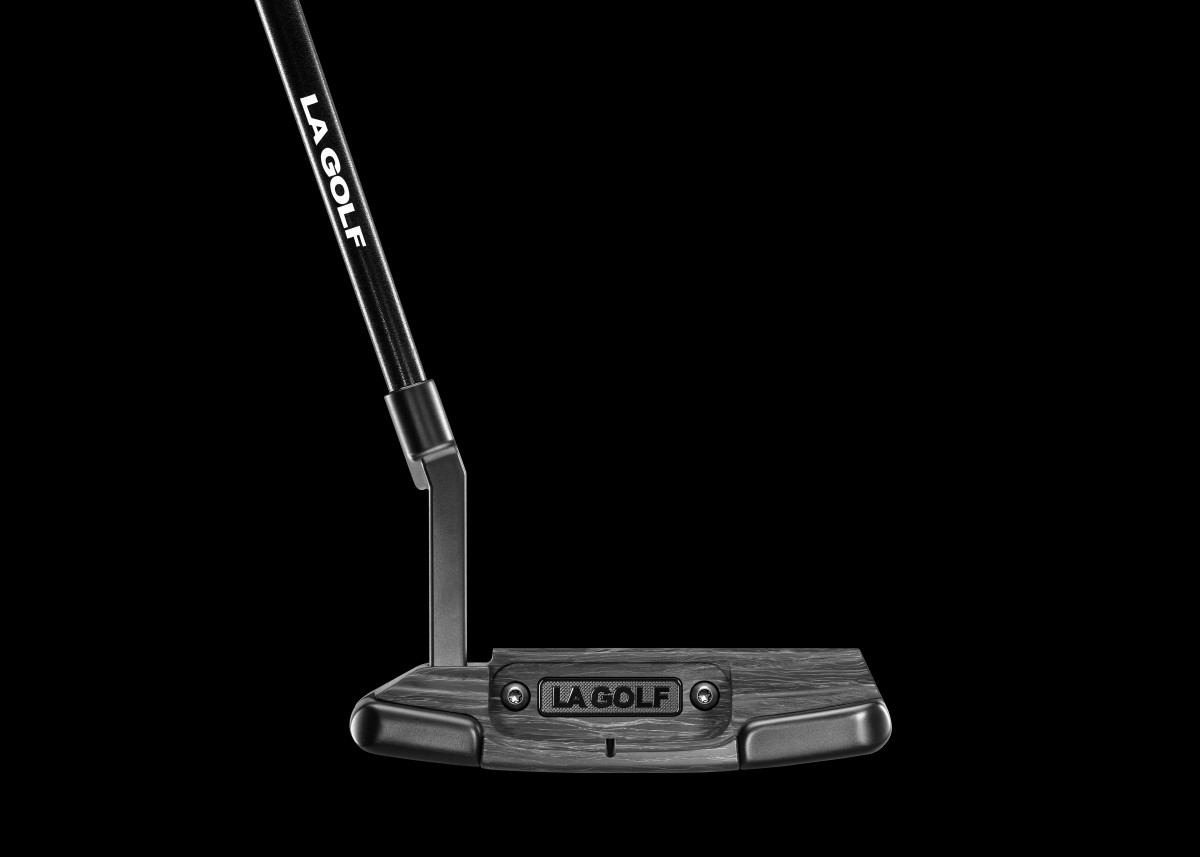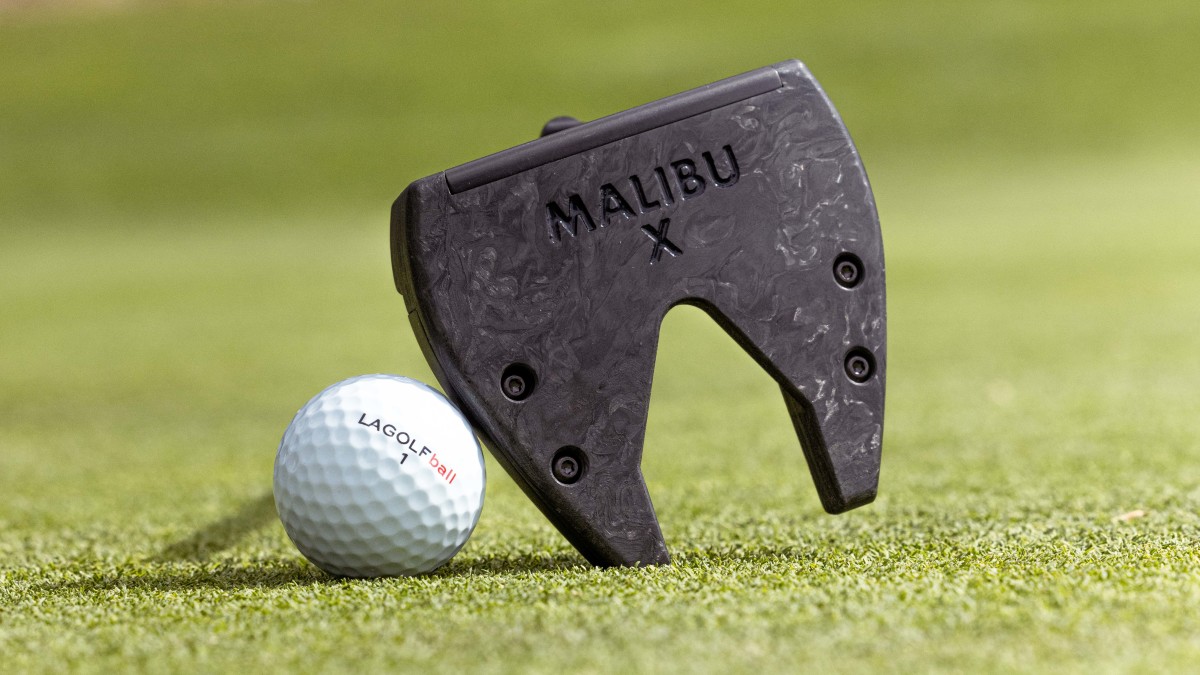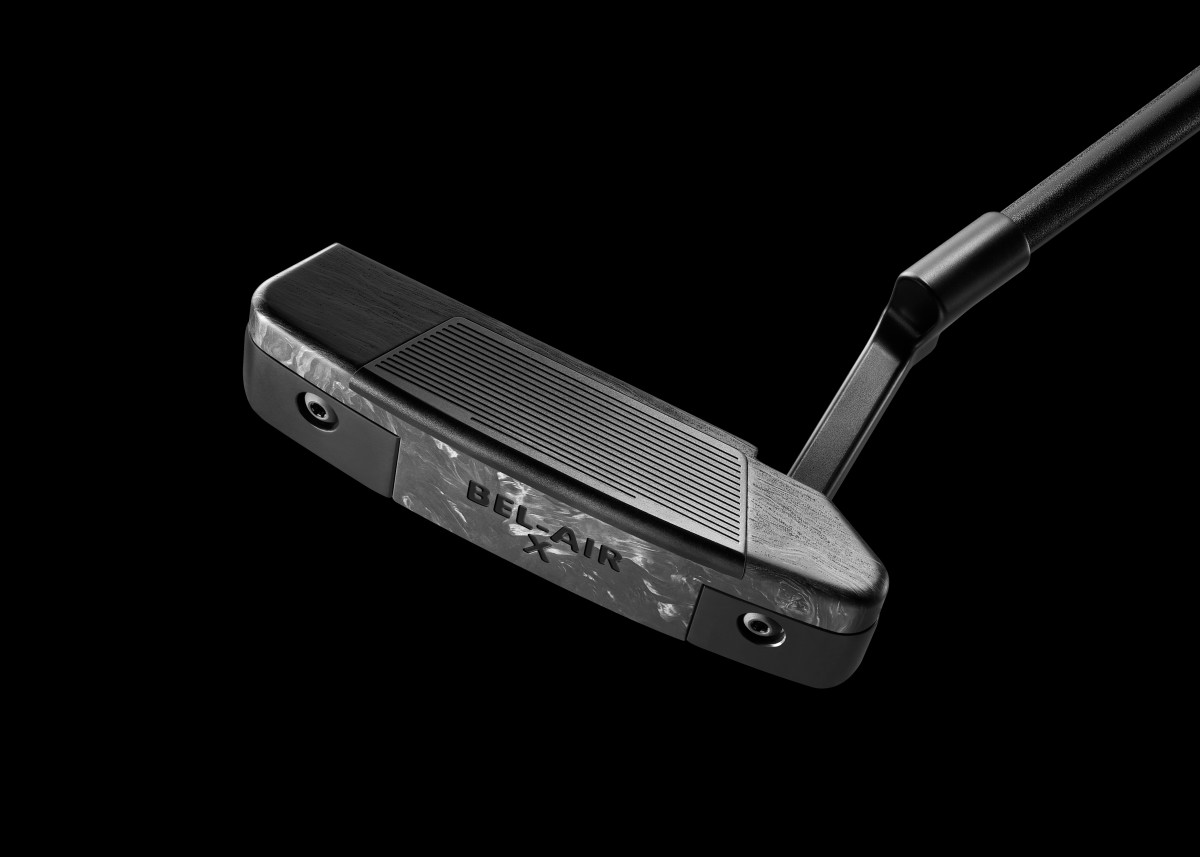LA GOLF is ready to shake up the world of putters

Piloted by company Founder and CEO, Reed Dickens, the Beverly Hills-based firm initially went to market in 2021 with premium aftermarket shafts. “We don’t make stock shafts,” Dickens declared. Some of the world’s best players took note, including Bryson DeChambeau and Dustin Johnson, both of whom joined as partners and board members.

Dickens, 45, previously worked as a White House assistant press secretary and later helped to launch Marucci Sports, the maker of Marucci baseball bats, as the founding CEO. At LA GOLF, he’s implementing the same strategies that elevated the bat company from startup to the most popular bat among major leaguers in five years. The playbook forces everyone involved to ask the following questions daily: Are we using the most advanced materials? Do we have unique performance enhancing IP? Would our player partners use it? Does it create social currency for the customer and the brand? “What we did in baseball was innovate a tool of the trade [wooden bat] that hadn’t been updated in 50 years,” said Dickens. “The shaft is the engine and transmission of the golf club, but no major brand makes a shaft, and shafts had not been innovated in decades, so it just made sense to start with the shaft.”
In 2022, the opportunistic business branched out with the introduction of ultra-high-end carbon putters ($1,500) with proprietary graphite shafts. “No one had ever made a putter from carbon,” said Dickens. “Carbon gave us a chance to have a much bigger area of forgiveness.”
Now, this month, LA GOLF’s Gen 2 carbon putters were brought to market. Both new models, the heel-toe weighted blade (Bel-Air) and midsize mallet (Malibu), have standard-size clubheads whereas the first-generation heads were oversize.

“We figured out how to make an even better putter for less money,” he said. “We’ve addressed all of the flaws that are common with steel-headed, steel-shafted putters. Our sweet spot is larger, our graphite shaft is completely stable so the head doesn’t contort on impact, and we have the ‘Descending Loft’ face so no matter where you strike the ball in the arc, it’ll have optimal roll off the face.”

Why make a putter from carbon? “The density of carbon fiber/epoxy is more than five-times lighter than stainless steel,” said Jeff Meyer, Head of Product, LA GOLF. “Therefore, we have much more discretionary weight to help optimize the center of gravity and Moment of Inertia (MOI). Most stainless-steel putter heads weigh around 350 grams. Our Bel-Air carbon body weighs only 50 grams. We use 200 grams of tungsten weight in the heel and toe to achieve our large MOI.” In other words, the uber-stable, 360-gram blade helps putts stay on-track and roll out their full distance.
The design goal for the newly-engineered P-Series graphite shaft ($400, when sold separately) was simple: Eliminate shaft twist on off-center putts (yes, players even miss the sweet spot on putts). To do so, the shaft is extremely stiff (the flex is equivalent to “Tour Extra Stiff”) with low torque (1.8-degrees). Just as critical, the proprietary materials produce a much softer feel than the static measurements might suggest. In fact, some Tour pros have even described it as “buttery.”
Not to be overlooked, the 303-stainless steel face insert is a story in itself. Some background: In 2021, LA GOLF bought the SIK putter company, maker of the innovative “Descending Loft Face” technology. Why? DeChambeau’s been playing SIK putters for years and is a big proponent of the face performance. Plus, plenty of golfers tend to strike the ball either high or low on the putter face. As a result, the ball could bounce or skid during the first foot or so before it begins to roll end over end.
The “Descending Loft Face” configuration was born to counteract the unpredictable roll properties from various impact locations. The putter face is divided into four quadrants with 4-degrees of loft toward the top. Gradually, the loft decreases until there’s 1-degree near the bottom of the face. Regardless of whether someone hits up on the golf ball (contact is low on the face), or down on it (high on the face), there’s ample loft to get the putt rolling immediately, with no skipping or skidding.
Sounds like a disruptor, indeed.
Visit LA GOLF to learn more.
